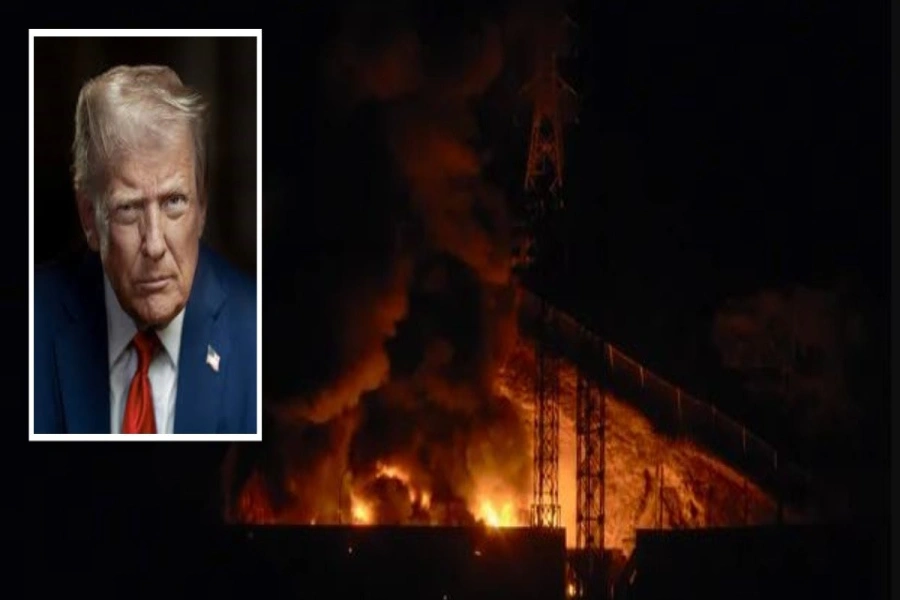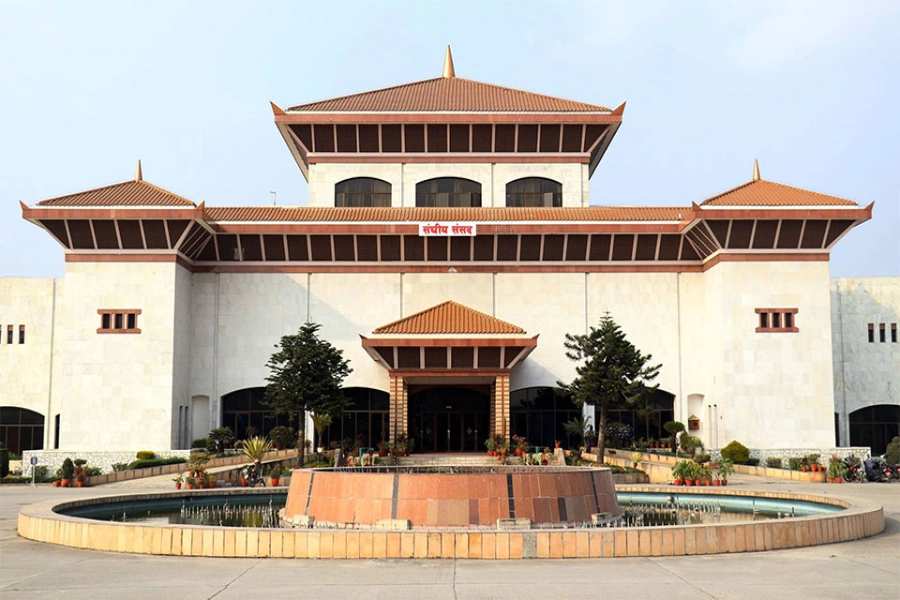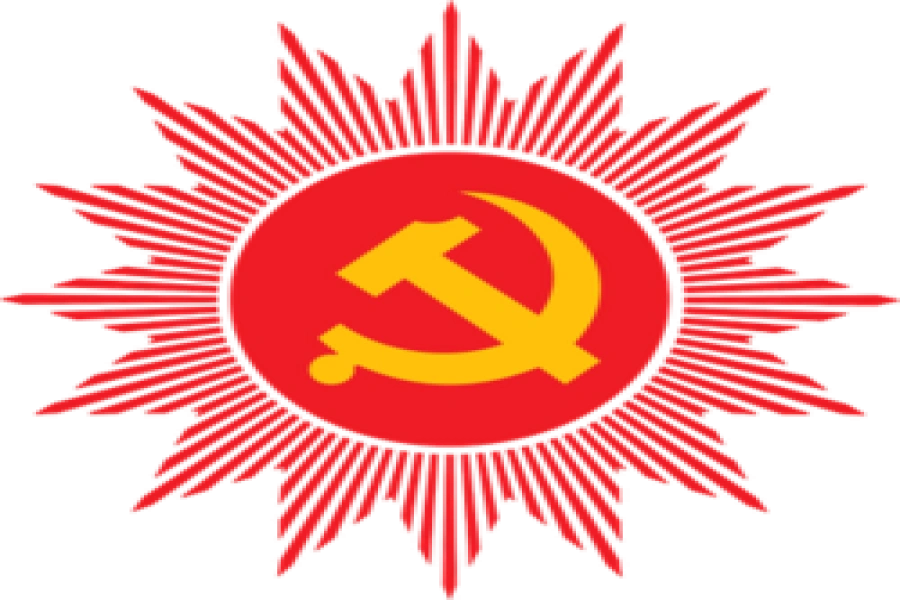(Reuters) - Venezuela plunged deeper into political turmoil this week when Juan Guaido, the leader of the opposition-run congress, declared himself interim president, the boldest challenge to socialist leader Nicolas Maduro’s rule in years.
Below is a timeline on how Venezuela’s political crisis has evolved since the death of socialist leader Hugo Chavez, against a backdrop of hyperinflationary economic collapse in the OPEC nation.
MARCH 2013: Venezuelan President Hugo Chavez, who won over the country’s poor with so-called “21st century socialism” during his 14-year rule, dies from cancer at 58. His preferred successor, Vice President Nicolas Maduro, takes office.
APRIL 2013: In presidential elections for a six-year term, Maduro narrowly defeats opposition candidate Henrique Capriles, who had lost to Chavez by a wider margin the year before. Capriles and allies say the vote was marred by fraud and call on supporters to take to the streets.
Infographics: Venezuela political crisis timeline

FEBRUARY 2014: Venezuelan security forces arrest well-known opposition leader Leopoldo Lopez on charges of fomenting unrest, after a wave of protests known as ‘The Exit,’ seeking to oust Maduro.
DECEMBER 2015: The opposition Democratic Unity coalition wins control of Venezuela’s legislative body, the National Assembly, for the first time in 16 years, riding a wave of popular discontent with a prolonged recession and rising inflation after oil prices collapsed.
MARCH 2016: Venezuela’s Supreme Court, which has consistently sided with the ruling Socialist Party, announces it is taking over the functions of the National Assembly. The court quickly walks back the decision amid international outcry. But the event sparks months of anti-government protests that ultimately leave more than 100 dead.
JULY 2017: Venezuela calls a referendum, boycotted by the opposition, to approve the creation of an all-powerful legislative body called the Constituent Assembly. It is nominally tasked with rewriting the constitution but quickly takes over crucial legislative functions, leading to accusations that Maduro is undermining democracy.
FEBRUARY 2018: Mediation talks between the government and the opposition collapse amid disagreement over the timing of the next presidential election. The government announces the vote will be held in the first half of the year, and the main opposition parties pledge to boycott.
MAY 2018: Maduro cruises to re-election over a lesser-known opposition candidate amid low turnout and allegations of vote-buying by the government. The domestic opposition, United States and Lima Group of mostly right-leaning Latin American governments say they do not recognize the results.
JANUARY 2019: Maduro goes ahead with his inauguration for a second six-year term, ignoring the advice of several Latin American governments. Juan Guaido, a virtually unknown opposition lawmaker who assumed leadership of the largely toothless National Assembly days earlier, calls Maduro a “usurper.”
JANUARY 2019: Guaido swears himself in as interim president at the opposition’s largest rally since 2017. He is almost instantly recognized as the country’s legitimate president by the United States and many of Venezuela’s neighbors.





































